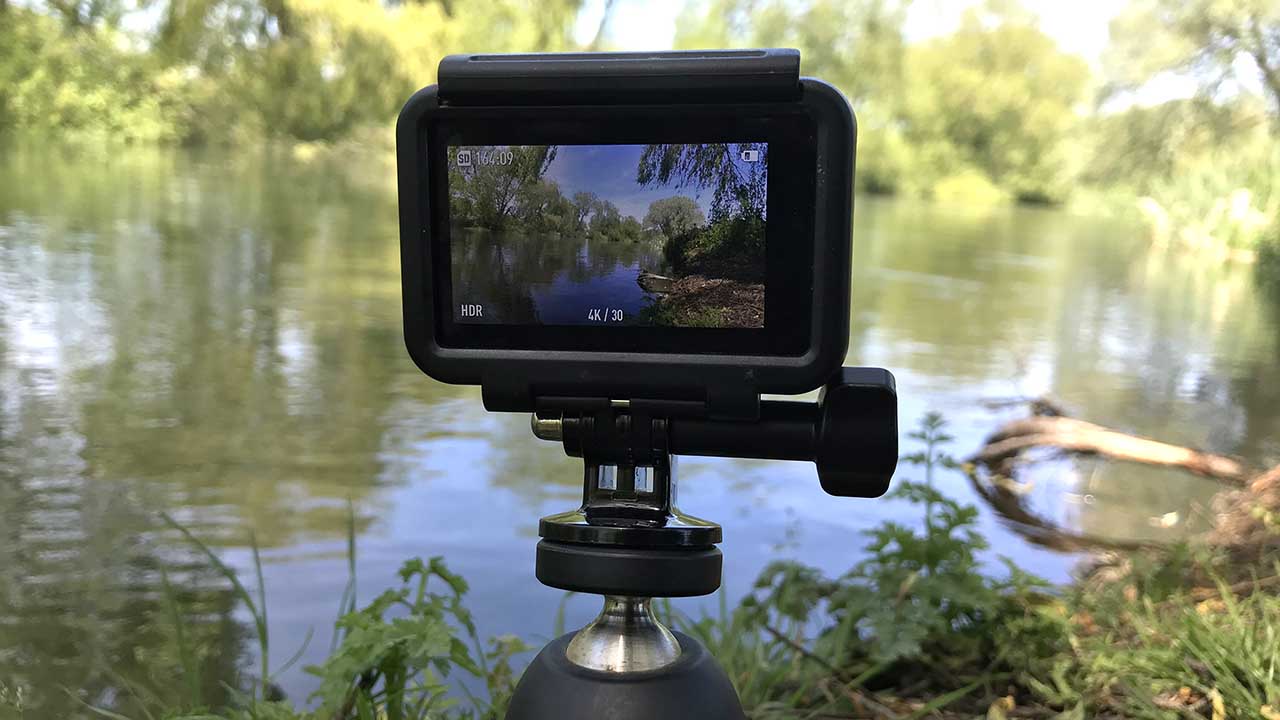HDR (High Dynamic Range) has been a photographic buzz word for a number of years. It essentially enables you to pull back shadow and highlight detail that would otherwise be lost.
HDR video is a feature that we’re starting to see on an action camera, and here it’s especially relevant as the small sensors of these cameras often suffer from a limited dynamic range.
You can purchase the accessories and DJI Osmo Action at the DJI Store or from retailers like Adorama, B&H Photo Video, Wex Photo Video and Park Cameras.
GoPro first featured HDR images on the Hero 6 and then 7 Black, but the feature while impressive was limited to stills. Here DJI has managed to pack those same features into the video.
HDR video can be accessed by using the QS button and once the mode is accessed all the resolutions and framerates that are available can be accessed.
The HDR mode is somewhat limited compared with the standard video mode, so 4K is restricted to 30fps as is 1080p, here’s the full list.
DJI Osmo Action HDR resolution and framerates
- HDR 4K at 30, 25 and 24fps
- HDR 2.7K at 30, 25 and 24fps
- HDR 1080p at at 30, 25 and 24fps
How to shoot HDR Footage with the DJI Osmo Action
- Switch on the camera by pressing Disp/Power button
- Press the QS button once to access HDR
- Swipe up from the bottom of the screen
- To select the resolution swipe left or right, select 4K
- To select the framerate swipe left or right, select 30fps
- Swipe up from the base of the screen to exit to live view
- Tap the shutter button to start recording
The HDR mode on the Osmo Action is impressive but with the limitations of framerate, it’s best used when presenting to camera or filming family and friends.
30fps isn’t a fast enough framerate for use when filming fast-paced sports or activities as the footage will look jerky.
It’s also not possible to use Rock Steady image stabilisation in this mode so the footage will only be as stable as you can hold it.



